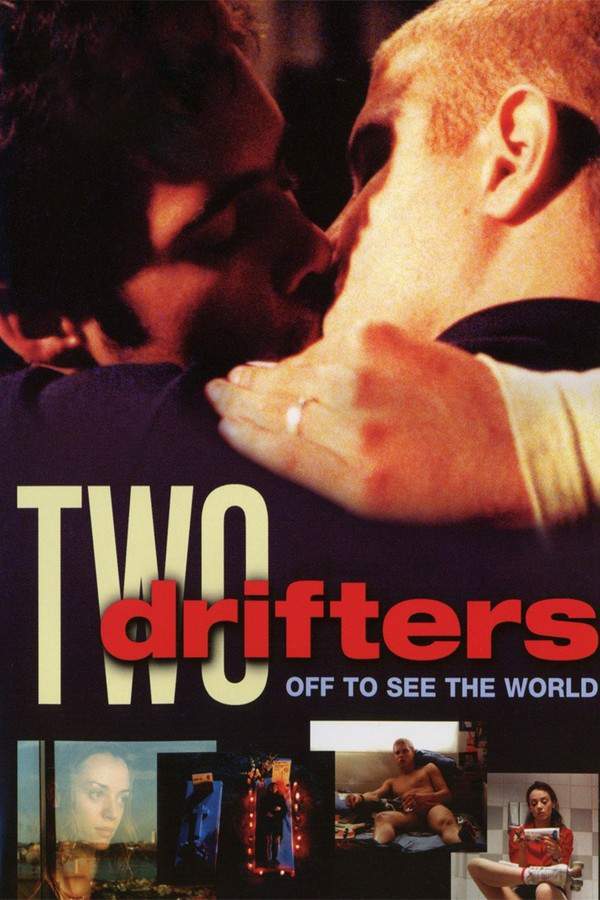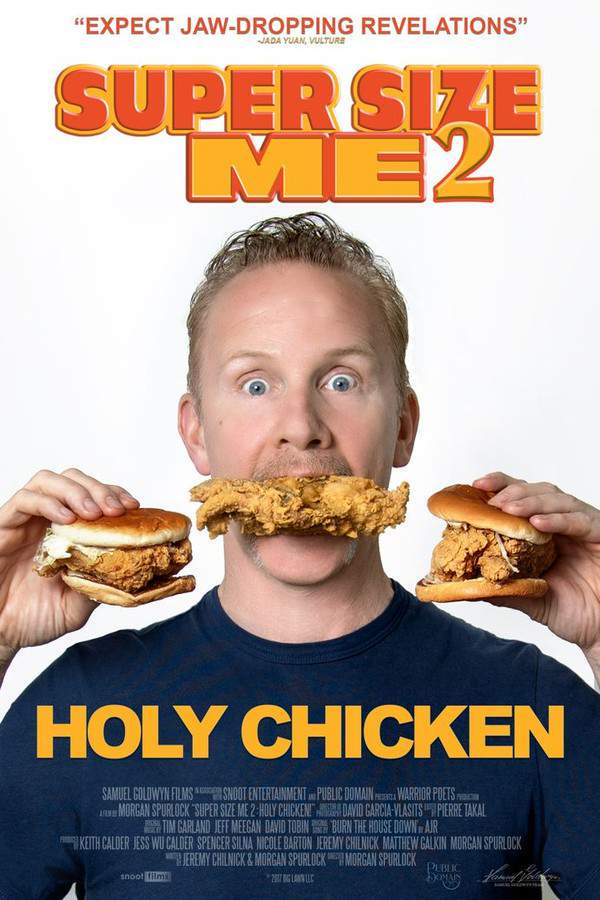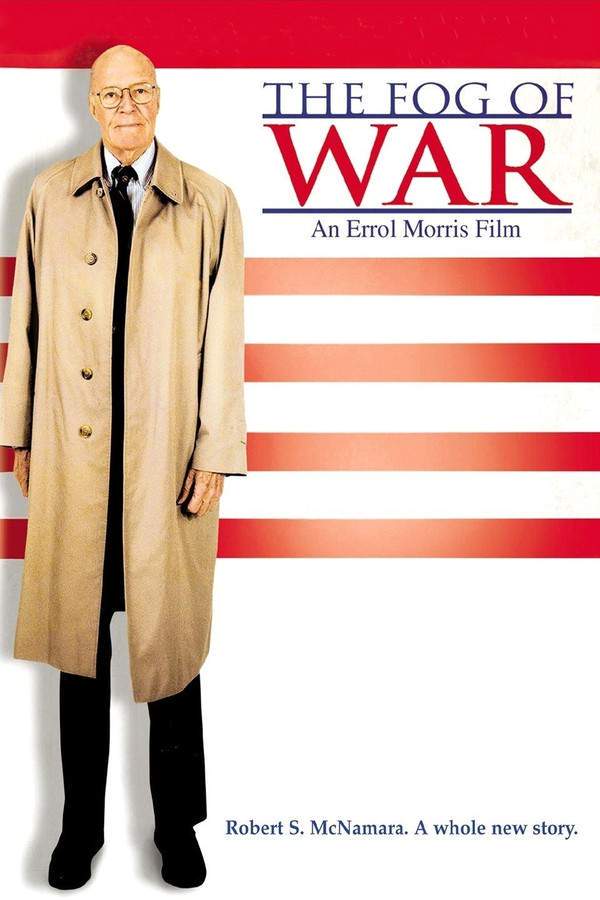What's After the Blog?
History • Criticism
Uncovering the Art of Documentary Narration
Delve into the intricate art of documentary narration, exploring its history, techniques, and impact on storytelling in our latest ATM blog post.
June 2, 2024

Movies mentioned in this article
Uncovering the Art of Documentary Narration
Introduction
Documentary narration is an art form that weaves together the visual and auditory elements of film to tell compelling, real-life stories. Unlike the scripted dialogue of fictional movies, documentary narration provides context, commentary, and continuity to the visual narrative, guiding the audience through the story. This narrative technique has the power to transform simple footage into an impactful, informative, and emotive experience. From the classic, authoritative voice in The World at War to the intimate, personal tone in Dear Zachary, the style of narration can significantly influence how the audience perceives and interacts with the documentary’s subject matter. Just as ATM helps movie lovers uncover hidden gems and understand films beyond their surface, the art of narration in documentaries unveils deeper layers of the story, offering insights that might otherwise be missed.
The History and Evolution of Documentary Narration
The history of documentary narration is as rich and varied as the genre itself. In the early days of cinema, documentaries were silent, relying solely on visuals to tell their stories. With the advent of sound technology, narration became a powerful tool in documentary filmmaking, providing a voice to these visual stories. The 1930s saw the rise of newsreels, which often employed a straightforward, informational style of narration to report on current events, as seen in The March of Time series.
- Robert J. Flaherty’s Nanook of the North, a silent film, relied on intertitles rather than narration.
- John Grierson’s Drifters, one of the first British documentaries, used limited narration, setting a precedent for future documentary styles.
As documentaries evolved, so did the role of the narrator. The 1950s and 60s saw a shift towards a more personal and reflective style of narration, often involving the filmmaker’s own voice, as evidenced in the works of D.A. Pennebaker and Albert Maysles. This period also saw the emergence of the ‘cinéma vérité’ movement, which favored minimal or no narration to present a more objective view of reality, as in Chronicle of a Summer.
- D.A. Pennebaker’s Dont Look Back, a documentary on Bob Dylan, used unobtrusive observational techniques without traditional narration.
- Albert Maysles’s Grey Gardens, a direct cinema documentary, allowed the subjects themselves to narrate their story.
In recent years, there has been a growing trend towards immersive and exploratory forms of narration, where the narrator is not just a disembodied voice but an active participant in the documentary. This style is exemplified in Morgan Spurlock’s Super Size Me, where Spurlock himself guides the audience through his experiment. The evolution of documentary narration reflects the changing attitudes and techniques in filmmaking, mirroring society’s growing interest in diverse and complex narratives.
The Voice Behind the Story: Choosing the Right Narrator
The choice of narrator can profoundly impact the tone and effectiveness of a documentary. Selecting the right voice involves considering not just the timbre and cadence, but also the connection the narrator has with the subject matter. A well-chosen narrator enhances the storytelling, adding layers of depth and emotion. For instance, in March of the Penguins, Morgan Freeman’s warm and authoritative voice adds a sense of grandeur and intimacy to the story of the emperor penguins. Similarly, David Attenborough’s knowledgeable and engaging narration in Planet Earth brings a sense of wonder and curiosity to the exploration of natural habitats.
- Morgan Freeman in March of the Penguins: His voice brought a soothing yet impactful presence to the film.
- David Attenborough in Planet Earth: His enthusiasm and expertise make complex scientific concepts accessible and engaging.
Celebrities often lend their voices to documentaries, drawing on their star power to attract a wider audience. However, the effectiveness of a celebrity narrator depends on their ability to connect with the documentary’s subject. Leonardo DiCaprio’s narration in The 11th Hour is impactful not just because of his fame, but because of his well-known commitment to environmental activism.
- Leonardo DiCaprio in The 11th Hour: His passionate advocacy for environmental issues adds credibility and urgency to his narration.
On the other hand, documentaries like The Act of Killing and Dear Zachary demonstrate the power of having the director or a closely involved individual narrate the film. Their personal connection to the story adds an authentic and intimate layer to the narrative.
- Joshua Oppenheimer in The Act of Killing: His involvement in the story provides a unique perspective that adds depth to the narration.
- Kurt Kuenne in Dear Zachary: His personal connection to the subject matter adds a heartfelt and poignant dimension to the film.
Crafting the Narrative: Writing for Documentaries
Writing for documentaries is a delicate balance between presenting facts and crafting a compelling narrative. The script is the backbone of the narration, guiding the viewer through the story while providing context and insight. A well-written script ensures that the documentary is informative yet engaging, educational yet captivating. For example, in An Inconvenient Truth, the script effectively balances scientific data with Al Gore’s personal anecdotes, making the complex topic of climate change relatable and understandable.
- Al Gore in An Inconvenient Truth: The narrative seamlessly blends data with storytelling, making the topic of climate change accessible to a broad audience.
In documentaries like Bowling for Columbine and Fahrenheit 9/11, Michael Moore uses a conversational and often confrontational style of writing, which helps engage viewers and provoke thought. This style can be particularly effective in documentaries that aim to challenge perspectives or expose truths.
- Michael Moore in Bowling for Columbine: His narrative style is direct and provocative, encouraging viewers to question and reflect.
- Michael Moore in Fahrenheit 9/11: The script is crafted to challenge viewers’ perceptions and stimulate debate.
The scriptwriting process often involves extensive research, interviews, and sometimes the adaptation of pre-existing materials. In The Fog of War, the narration is crafted around Robert McNamara’s reflections, providing historical context and personal insights into the Vietnam War era.
- Robert McNamara in The Fog of War: The script builds upon his interviews, offering a nuanced view of historical events.
In conclusion, the narration in documentaries is not just about the voice we hear; it’s about the words spoken. The scriptwriting process is crucial in shaping how the story is told and understood, playing a key role in the documentary’s overall impact.
Techniques and Styles of Documentary Narration
Documentary narration is not a one-size-fits-all technique; it varies greatly in style and approach, depending on the film’s objectives and the story it aims to tell. The choice between first-person and third-person narration can dramatically alter how the audience engages with the content. First-person narration, as used in I Am Not Your Negro, creates a more intimate and personal narrative, bringing the audience closer to the subject matter. The voice of the narrator in this style is often someone deeply connected to the story, providing an insider’s perspective.
- Samuel L. Jackson in I Am Not Your Negro: His narration, based on James Baldwin’s writings, offers a deeply personal and powerful exploration of race in America.
Third-person narration, on the other hand, provides a more detached, omniscient viewpoint. This style, exemplified in The Civil War by Ken Burns, can offer a broader, more comprehensive understanding of the subject matter, often needed in historical or scientific documentaries.
- David McCullough in The Civil War: His authoritative yet engaging narration helps weave together the complex tapestry of the American Civil War.
The choice between voiceover and on-screen narration also significantly impacts the documentary’s feel and effectiveness. Voiceover narration, used in March of the Penguins, allows for a seamless flow of information and visuals, keeping the audience focused on the imagery. In contrast, on-screen narration, where the narrator appears on camera, as seen in Fahrenheit 9/11, creates a more direct connection with the audience, often used for more confrontational or personal stories.
- Morgan Freeman in March of the Penguins: His voiceover narration adds depth to the visual journey of the penguins.
- Michael Moore in Fahrenheit 9/11: His on-screen presence adds a personal and provocative element to the narrative.
The Power of Silence: When No Narration Speaks Volumes
In some documentaries, the absence of narration can be a powerful storytelling tool. This technique allows the visuals and natural sounds to speak for themselves, creating a raw, unmediated experience for the viewer. Films like Baraka and Koyaanisqatsi masterfully use this approach, relying on striking imagery and music to convey their messages. The lack of narration in these films invites viewers to interpret the imagery based on their perceptions, often leading to a more personal and reflective viewing experience.
- Baraka: The film’s visual poetry, combined with its mesmerizing soundtrack, offers a contemplative look at various cultures and natural landscapes without the need for words.
- Koyaanisqatsi: Its montage of natural and urban landscapes, set to Philip Glass’s hypnotic score, creates a powerful commentary on modern life without uttering a single word.
The decision to forgo narration is not taken lightly, as it challenges traditional documentary formats. It requires the filmmakers to rely heavily on the visual storytelling prowess, ensuring that each shot, sequence, and transition effectively communicates the intended message. This style of documentary filmmaking encourages viewers to engage more actively with the film, drawing their conclusions and interpretations from the imagery and soundscapes presented.
In the world of documentaries, the use or absence of narration is a strategic choice that significantly shapes the viewer’s experience. Whether through the guiding voice of a narrator or the silent power of visuals, documentaries continue to be a potent medium for storytelling, education, and reflection.
Narration in Action: Case Studies
Analyzing specific documentaries provides a clearer understanding of how narration can be effectively utilized. For instance, Planet Earth, narrated by David Attenborough, is a prime example of how a narrator’s knowledge and passion can enhance the educational value of a documentary. Attenborough’s narration not only imparts scientific information but also conveys a sense of wonder, drawing viewers deeper into the natural world the series portrays.
- David Attenborough in Planet Earth: His ability to blend scientific facts with poetic language makes the series both informative and emotionally engaging.
Another compelling case is The Cove, where the narration adds a sense of urgency and advocacy. The film uses a first-person narrative style, allowing the audience to connect more personally with the film’s cause. The narrator’s involvement in the dolphin conservation movement adds authenticity and passion to the story.
- Ric O’Barry in The Cove: His personal journey from dolphin trainer to activist provides a compelling narrative arc that underscores the film’s message.
These examples show how the style and approach of narration can be tailored to the documentary’s subject matter and objectives, enhancing the overall impact of the film.
Conclusion
The art of documentary narration is a multifaceted and dynamic component of filmmaking. It plays a crucial role in how documentaries are perceived and understood by audiences. From the authoritative tones in historical documentaries to the intimate and personal narratives in advocacy films, the style of narration can significantly influence the viewer’s experience and engagement. As we’ve explored various aspects of documentary narration, it becomes evident that the narrator’s voice is not just a medium to convey information but a powerful tool that shapes the story and connects with the audience on a deeper level.
For those intrigued by the compelling world of documentaries and the stories they tell, ATM offers a vast array of films to explore, each with its unique narrative style and perspective. We invite our readers to delve deeper into this fascinating genre and discover the myriad ways in which documentaries can inform, inspire, and entertain.
Continue reading

What's After the Movie?
Not sure whether to stay after the credits? Find out!
Explore Our Movie Platform
New Movie Releases (2025)
Famous Movie Actors
Top Film Production Studios
Movie Plot Summaries & Endings
Major Movie Awards & Winners
Best Concert Films & Music Documentaries
Movie Collections and Curated Lists
© 2025 What's After the Movie. All rights reserved.





























